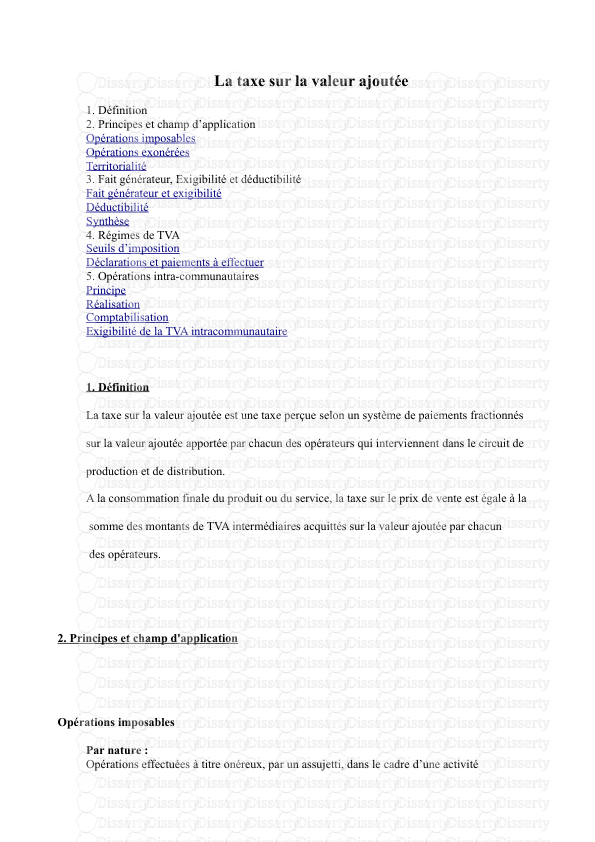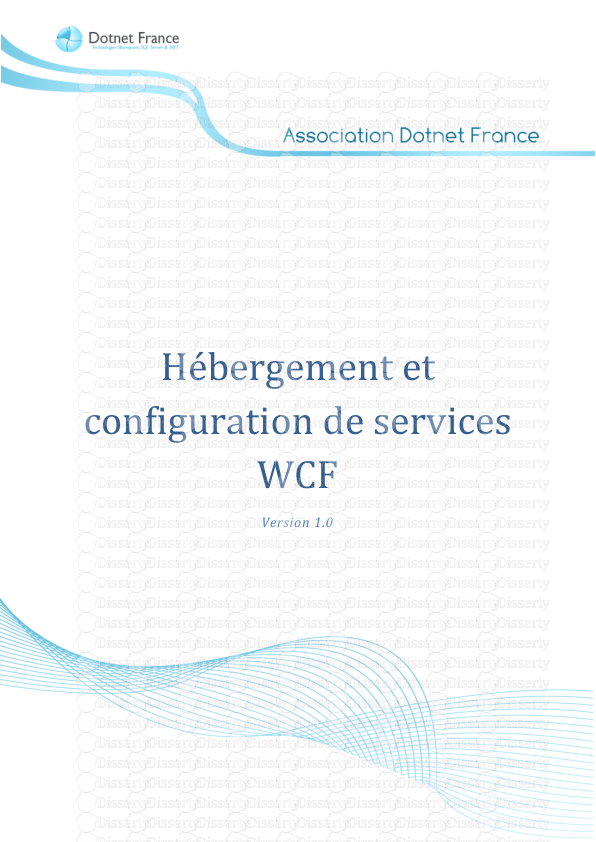Oracle® Essbase Database Administrator’s Guide RELEASE 11.1.2.1 content 1. Intr
Oracle® Essbase Database Administrator’s Guide RELEASE 11.1.2.1 content 1. Introduction to Essbase 2. Essbase Architecture 3. Essbase Product Components 4. Understanding Mutidimensional Databases 5. Running Essbase server, Application and databases 1. Essbase Executable Files 2. Understanding the Agent 3. Starting Essbase Server in foreground 4. Starting Essbase server as background Process 5. Changing the Essbase server system password 6. stopping Essbase server 7. Starting and Application 8. Stoping and Application 9. Stopping an Application Improperly 10. Staring a Database 11. Stopping a Database 12. Essbase Logs 6. Managing Applications and Databases 1. Copying or Migrating an Application 2. Reanaming an Application 3. Deleting an Application 4. Copying Databases 5. Reanming Databases 6. Deleting Databases 7. Starting and Stopping Essbase Products 8. Launching client Introducing Essbase Essbase is a multidimensional database management system (MDBMS) that provides a multidimensional database platform upon which to build analytic applications. With Essbase, companies quickly leverage and integrate data from multiple existing data sources and distribute filtered information to end-user communities in the format that best meets the users’ needs. Essbase is the business analysis server technology that provides an environment for rapid development of custom analytic and enterprise performance management applications. For example, Essbase enables line-of-business personnel to develop and manage analytic applications that model complex scenarios, forecast business trends, and perform “what-if” analyses. Essbase supports extremely fast query response times for vast numbers of users, for large data sets, and for complex business models. It is hot-pluggable across any data source. Essbase Architecture Essbase products incorporate powerful architectural features to handle a wide range of analytic applications across large multiuser environments. Figure 1 provides a high-level view of the information flow between the three tiers of the Essbase architecture. The client tier (on the left) includes Essbase Server clients, such as Oracle Hyperion Smart View for Office, Fusion Edition and Administration Services Console. The middle tier (in the center) includes services, such as Oracle Hyperion Provider Services and Oracle Essbase Administration Services. The database tier (on the right) is made up of Essbase Servers. Communication between the client and middle tiers, and the middle and database tiers, is through HTTP. Communication between the client and database tiers is through TCP/IP or HTTP. Communication between data sources and the metadata catalog with the middle and database tiers is through ODBC and JDBC drivers. Figure 1 High-level Information Flow Between Product Components Essbase Product Components Administration Services Administration Services—the database and system administrators’ interface to Essbase— provides a single-point-of-access console to multiple Essbase Servers. Using Administration Services, you can design, develop, maintain, and manage multiple Essbase Servers, applications, and databases. You can preview data from within the console without having to open a client application, such as Spreadsheet Add-in. You can also use custom Java plug-ins to leverage and extend key functionality. Essbase Studio Oracle Essbase Studio simplifies cube construction by delivering a single environment for performing tasks related to data modeling, cube designing, and analytic application construction. With a wizard-driven user interface, Essbase Studio supports modeling of the various data source types from which Essbase applications are typically built. A single common metadata repository, or catalog, captures all metadata related to all Essbase applications built in the enterprise and allows the reuse of metadata at the lowest level of granularity. The catalog makes Essbase Studio inherently aware of the common metadata that is shared across the various applications enterprise wide. Essbase Studio supports several drill-through options: relational databases, custom SQL, URLs (including Oracle Business Intelligence Enterprise Edition and Oracle Hyperion Financial Data Quality Management, Fusion Edition URLs), and Java methods. Essbase Studio also supports lineage tracking through a rich graphical view of metadata relationships, allowing users to follow application lineages to their metadata components and through to the data sources from which they were sourced. Spreadsheet Add-in Spreadsheet Add-in integrates Essbase with Microsoft Excel. Spreadsheet Add-in adds the Essbase menu to Excel, which provides enhanced commands such as Connect, Pivot, Drilldown, and Calculate. Users can access and analyze data on Essbase Server with mouse clicks and dragging operations. Spreadsheet Add-in enables multiple users to access and update data on an Essbase Server simultaneously. Visual Explorer Oracle Essbase Visual Explorer provides a query and analysis interface for creating interactive summaries and reports about the data in an Essbase database. You can choose to visualize data in various graphical formats, including bars, lines, Gantt bars, shapes, colors, and tables. Visual Explorer is installed with and accessed from Spreadsheet Add-in. Data Mining Data Mining reveals hidden relationships and patterns in your data, enabling you to make better business decisions. Using Data Mining, you can plug in various data mining algorithms, build models, and apply them to existing Essbase applications and databases. Integration Services Oracle Essbase Integration Services—an optional product component—provides a metadatadriven environment to bridge the gap between data stored in Essbase databases and detailed data stored in relational databases. The Hybrid Analysis feature gives business users more detail for decision-making and IT managers more modularity in designing and maintaining large-scale analytic applications. Hybrid Analysis allows portions of Essbase databases to be stored in a relational database. This relational-stored data is mapped to the appropriate Essbase hierarchies. Provider Services Provider Services is a middle-tier data-source provider to Essbase for Java API, Smart View, and XMLA clients. Provider Services supports highly concurrent analytical scenarios and provides scalability and reliability in a distributed Web-enabled enterprise environment. Smart View Smart View provides a common Microsoft Office interface for Essbase, Oracle Hyperion Financial Management, Fusion Edition, Oracle Hyperion Planning, Fusion Edition, and Oracle Enterprise Performance Management Workspace, Fusion Edition data. Using Smart View, you can view, import, manipulate, distribute, and share data in Microsoft Excel, Word, and PowerPoint interfaces. Application Programming Interface (API) Essbase API—the developers’ interface to Essbase—enables you to create customized applications. The Oracle Essbase API Reference provides a complete listing of API functions. Developer Products Essbase developer products enable the rapid creation, management, and deployment of tailored enterprise analytic applications, whether or not users have programming knowledge. The products (for example, Application Builder and Oracle's Hyperion® Application Builder for .NET) provide a comprehensive set of application programming interfaces, drag-and-drop components, and services. Smart Search Command Line Utility Oracle Hyperion Smart Search Command Line Utility integrates with leading enterprise search solutions such as Google Search Appliance and Oracle Secure Enterprise Search to provide a familiar search interface. Using simple business terminology, users can obtain structured information from Essbase applications and databases. Information that has been filtered according to user privileges is delivered in data grids and live links in Smart View. Oracle Hyperion Smart Search Command Line Utility greatly enhances the way in which users can quickly get to information contained within Oracle applications. Lifecycle Management Oracle Hyperion Enterprise Performance Management System Lifecycle Management provides a consistent way for Oracle Hyperion Enterprise Performance Management System products to migrate an application, a repository, or individual artifacts across product environments and operating systems. Generally, the Lifecycle Management interface in Oracle's Hyperion® Shared Services Console is consistent for all EPM System products that support Lifecycle Management. However, EPM System products display different artifact listings and export and import options in the Lifecycle Management interface. Lifecycle Management features: • Viewing applications and folders • Searching for artifacts • Migrating directly from one application to another • Migrating to and from the file system • Saving and loading migration definition files • Viewing selected artifacts • Auditing migrations • Viewing the status of migrations • Importing and exporting individual artifacts for quick changes on the file system Understanding Multidimensional Databases OLAP and Multidimensional Databases Online analytical processing (OLAP) is a multidimensional, multiuser, client-server computing environment for users who need to analyze enterprise data. It has the ability to provide managers the information that they need to make effective decisions about an organization's strategic directions. A successful OLAP application provides information as needed; that is, it provides “just-in-time” information for effective decision-making. Key to OLAP systems are multidimensional databases, which not only consolidate and calculate data; but also provide retrieval and calculation of a variety of data subsets. A multidimensional database supports multiple views of data sets for users who need to analyze the relationships between data categories. In multidimensional databases, the number of data views is limited only by the database outline, the structure that defines all elements of the database. Users can pivot the data to see information from a different viewpoint, drill down to find more detailed information, or drill up to see an overview. Dimensions and Members A dimension represents the highest consolidation level in the database outline. The database outline presents dimensions and members in a tree structure to indicate a consolidation relationship. For example, in figure 2,Year is a dimension (of type Time) and Qtr1 is a member. Figure 2 Hierarchical Structure Essbase has standard dimensions and attribute dimensions. Standard dimensions represent the core components of a business plan and often relate to departmental functions. Typical standard dimensions: Time, Accounts, Product Line, Market, and Division. Dimensions change less frequently than uploads/s1/ essbase-guide.pdf
Documents similaires










-
51
-
0
-
0
Licence et utilisation
Gratuit pour un usage personnel Attribution requise- Détails
- Publié le Oct 06, 2022
- Catégorie Administration
- Langue French
- Taille du fichier 0.6357MB


